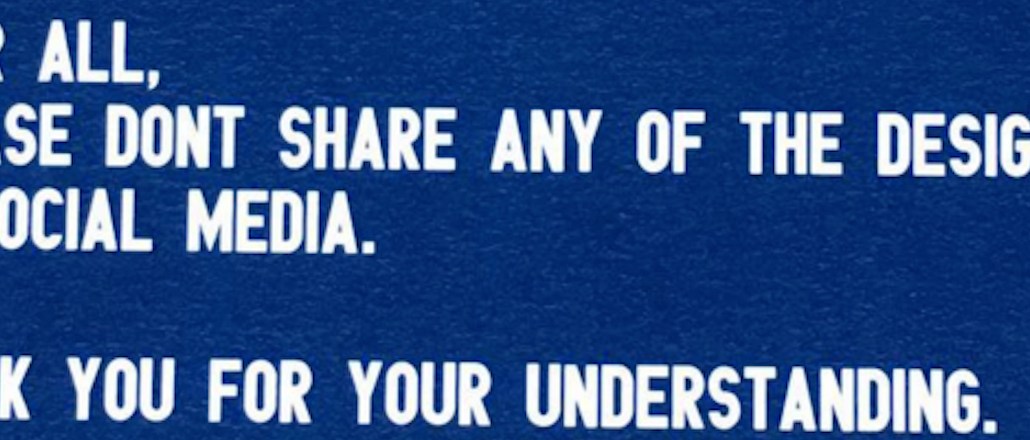Save 50% on a 3-month Digiday+ membership. Ends Dec 12.

New York Fashion Week has come to a close. Not only are people predicting its death, but — even worse! — they’re not talking about it much at all, if the muffled social media chatter around the hashtags #NYFW and #NYFW16 is any indication.
Fashion week conversation reached 660 million people on Twitter and Instagram Feb. 11-18, according to social media marketing platform Pixlee. Sounds like a big number. But compare that to September’s fashion week, when the conversation reached 5.8 billion people. Pixlee also said there were 27,000 submitted posts using either or both of those hashtags over the week; in September, the hashtags were used 153,000 times. (Pixlee’s data doesn’t reach beyond September’s fashion week.)
September’s fashion week traditionally carries more weight than February’s. But in explaining the decline, Pixlee CEO Kyle Wong suggested it was due to the increasing influence of Snapchat, which doesn’t release engagement data, as well as fashion brands’ drift away from a dual-season fashion calendar.
“This shows the difference in scale and excitement, as well as where people are dedicating their attention,” Wong said.
Still, social media is being looked upon as the catalyst of the fashion calendar’s current changes, as brands like Burberry and Tom Ford switch to season-less business models. The industry is in transition as consumers scrolling through Instagram expect to be able to buy what they see, instantly. L2 founder Scott Galloway has called social media “the laxative of the fashion industry.”
“It makes everyone digest everything much faster: trends, product discovery,” he said.
Designers are responding by modernizing how they promote their brands. They’re flocking to Snapchat’s more personal, informal platform: Marc Jacobs was the latest to join on Thursday, the day of his fall 2016 show starring Lady Gaga. The brand teased behind-the-scenes shots before hitting the runway, as Burberry, Alexander Wang, Calvin Klein, Michael Kors and others have done before him.
Snapchat also ran global stories around fashion week. People are invited to contribute to them, but it’s not known how many people added their snaps to those stories, which would be a way to gauge interest.
Not all fashion houses are falling over themselves to join the snap-and-share era, though. Mary Kate and Ashley Olsen’s brand The Row has a strict no photos-policy during its New York Fashion Week runway shows. The only images of the fall 2016 collection that hit social media were ones selected by the brand itself. MSGM has banned smartphones from its Feb. 28 Milan Fashion Week show, writing on invitations: “Put back your phone and enjoy the show.” Creative director Massimo Giorgetti won’t release any photos from the collection until the summer.
And three weeks ago, French brand Jacquemus asked people to keep its fall-winter collection off of social media.
Banning smartphones from runways might seem just crazy enough to work to some — but not everyone agrees. As Wong said, “If Chanel is going forward with it, so should everyone else.”
“This approach isn’t sustainable,” said Ruth Bernstein, co-founder and chief strategic officer at image-making and content creation agency YARD. “Brands need to be authentic, not overly curated, when it comes to the next generation of customers. Unless your brand does not care about this demographic, which I have never heard from any brand, ever.”
More in Marketing

Pitch deck: How Amazon is recasting Twitch as a core part of its CTV pitch
Amazon is positioning Twitch as a defining asset in its CTV ambitions.

Netflix transforms former mall department stores into experiential venues
The location in Dallas opens this week, and one at the King of Prussia mall near Philadelphia opened last month.

Future of Marketing Briefing: AI has created a new talent paradox in programmatic agencies
The job isn’t execution anymore. AI handles that. The job is judgement.





